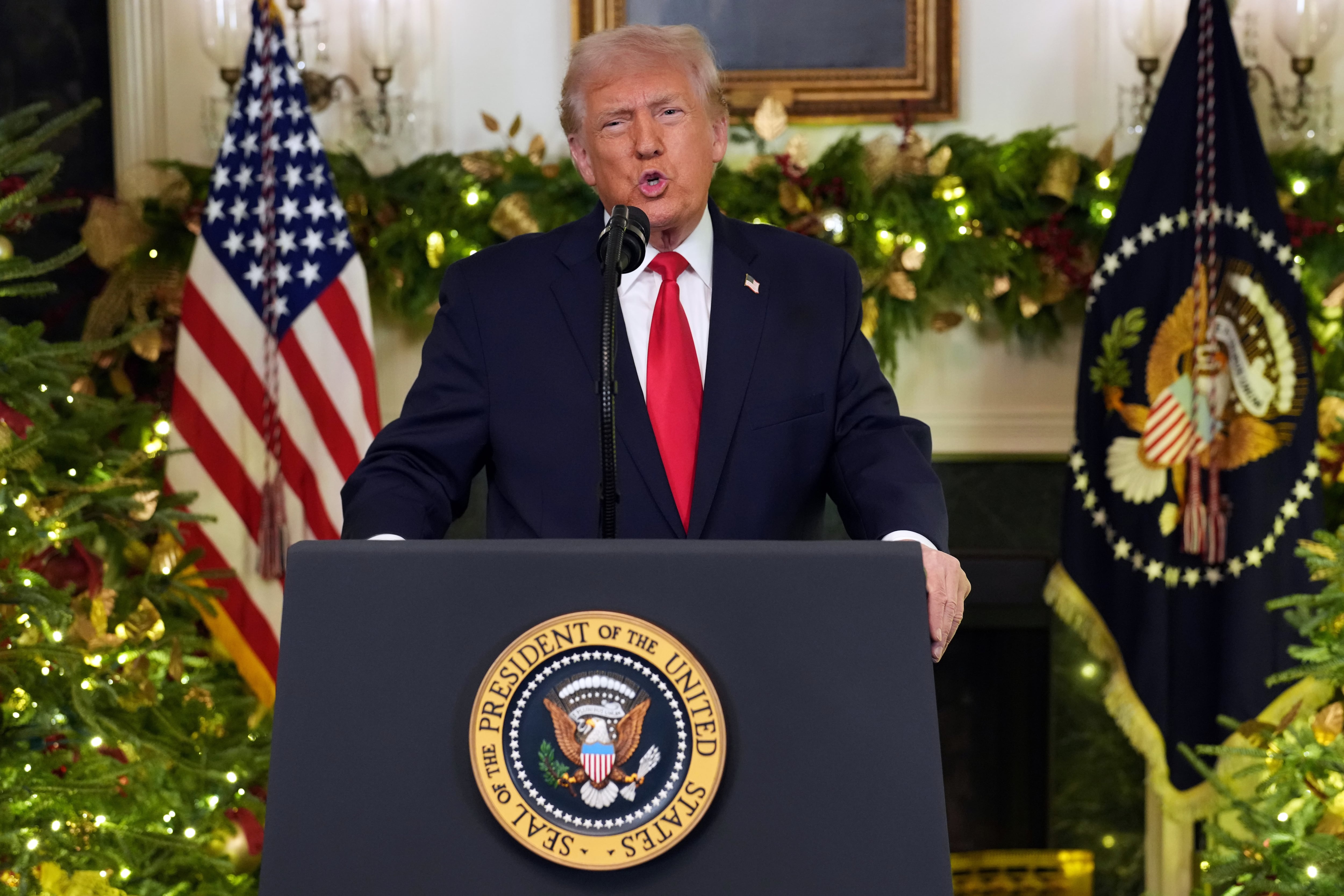ZARAGOZA, Spain – Explosions, smoke and dozens upon dozens of military vehicles gradually filled a valley here on Wednesday afternoon for the latest show of force for Exercise Trident Juncture 2015.
Hundreds of military leaders, dignitaries and media watched as NATO troops maneuvered through the San Gregorio Military Training Area and, later, as hundreds of paratroopers from the 82nd Airborne Division dropped from the sky.
Despite the huge audience, leaders noticed one invitee was a no-show: Russia.
Trident Juncture 2015 — the largest NATO exercise in Europe since 2002 — is in large part a response to Russia's recent aggression against Ukraine.
Members of Russia's military have observed elements of Trident Juncture 2015, as allowed per a treaty agreement with NATO. However, nobody from the country showed up to Wednesday's mass exercise.
German Gen. Hans-Lothar Domrose, NATO commander of Joint Force Command Brunssum, said he believed the Russians were avoiding members of the press.
"They don't want to see you," Domrose casually told a few reporters between press conference segments. "This would be dangerous for them."
At a press conference, NATO leadership said Russia's actions in the past two years have caused the alliance to re-think readiness and response capabilities.
U.S. Lt. Gen John Nicholson, commander of NATO Land Command, said that NATO had been built for stability operations away from home, rather than a rapid response defense force. Now it's re-imagining strategies.
"The whole idea [before 2014] was we were not going to have to defend the alliance," Nicholson told Army Times. ".That assumption has proven [to be] invalid," Nicholson told Army Times. "In one year’s time, we have come a long way."
Simulated battle
Wednesday’s choreographed battle lasted less than one hour and paraded a range of assets from several nations: tanks, armored troop carriers, Apache attack helicopters, Chinooks, artillery, infantry, a special operations incursion and, at the end, an F-18 flyover. A narrator described a scripted set of circumstances at the fictional village of "Casas Altas" over a speaker system. Elements, identified by contributing nations, executed their maneuvers as artillery, and rifle blanks sounded off and smoke gradually spread for thousands of feet around the besieged village.
After the battle, the audience was bussed down the hill near the fake village with minimalist, yellow concrete buildings and walls. There, they watched about 500 U.S. paratroopers from the 82nd Airborne Division and 23 Spanish paratroopers jump into a nearby drop zone.
The spectacle may have been for show, but that’s the point, according to NATO leadership:; to indicate to potential aggressors that NATO can react with a coordinated, versatile, strong and rapid force.
"We are also, through this Trident Juncture Exercise, sending a very clear message, to our nations and to a potential adversary: NATO does not seek confrontation," NATO Secretary General Jens Stoltenberg said at a press conference.. "But we stand ready to defend all allies.," NATO Secretary General Jens Stoltenberg said at a press conference.
Lt. Gen. Ben Hodges, head of U.S. Army Europe, said it's about "deterrence."
"It's about not only having the capability, but showing the capability to Russia," he said.
It represents the public capstone of the month-long Exercise Trident Juncture 2015, which encompassed 36,000 troops in several locations in Spain, Italy and Portugal.
Leaders also talked about threats on the "southern flank," mainly instability in the Middle East and Northern Africa. Nicholson said that threat was "more difficult in nature in some respects because the solutions are not all military; migrancy, failed states and so forth." One reporter asked about the influx of Middle Eastern immigrants; the refrain from leaders is that stability in areas from which they flee will go a long ways to address the problem.
Whether addressing the distinct issues to the south or the east, interoperability is key, leaders said. Each military has its unique way of doing things, and that can cause operational problems. In addition to structural, tactical and strategic differences, integrating varying communications systems proved a keynote challenge.
"All of [the changes in command structure] has driven a demand for greater interoperability," Nicholson said.. "I’d say that’s the area I’m probably most concerned about, the ability to communicate.," Nicholson said.





